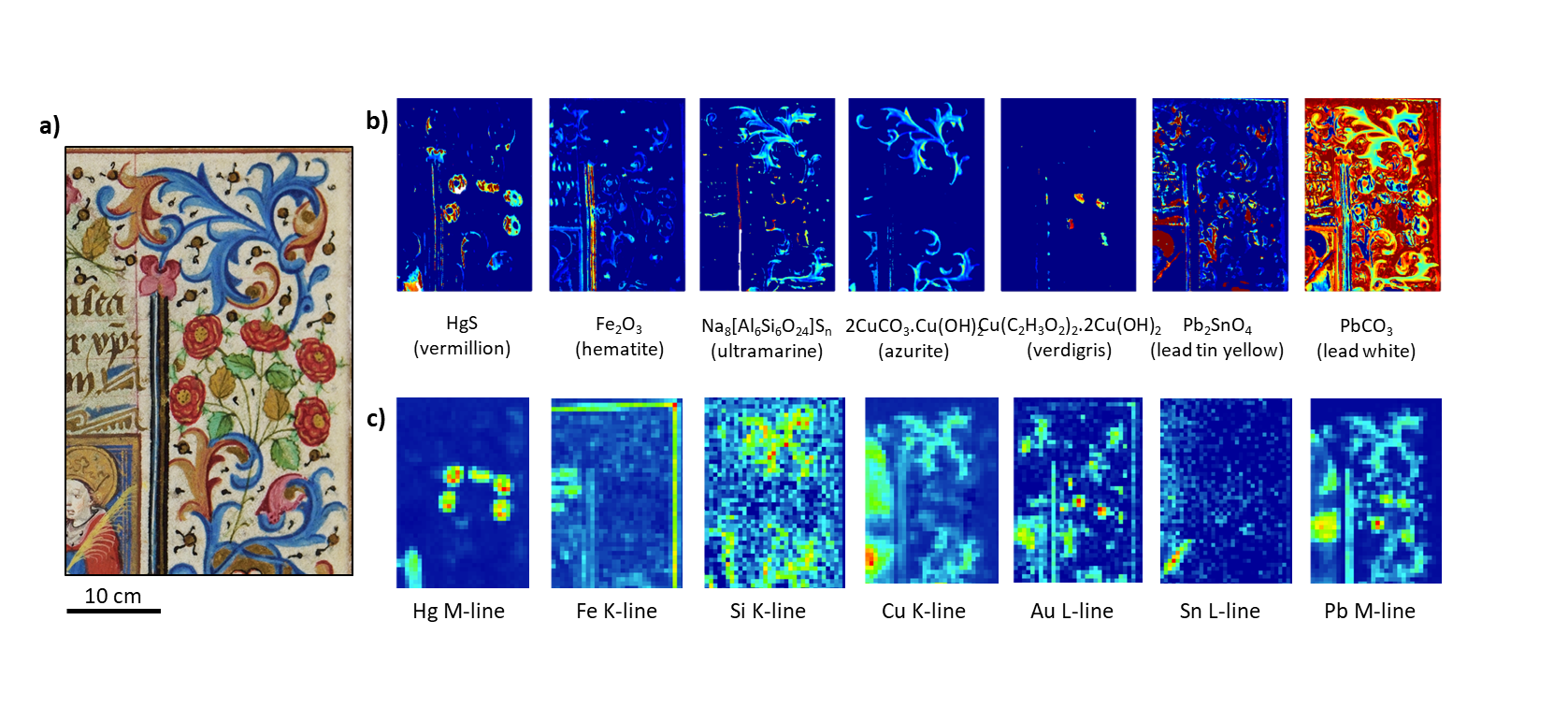Background
Visible hyperspectral imaging (HSI) is a fast and non-invasive imaging method that has been adopted by the field of conservation science to study painted surfaces. By collecting reflectance spectra from a 2D surface, the resulting 3D hyperspectral data cube contains millions of recorded spectra. While processing such large amounts of spectra poses an analytical and computational challenge, it also opens up new opportunities to apply powerful methods of multivariate analysis for data evaluation.
Innovative Solutions for Non Linear Unmixing
With the intent of expanding current data treatment of hyperspectral datasets, and solving the problem of nonlinear unmixing of hyperspectral reflectance data acquired on painted works of art, two innovative data analysis approaches have been recently developed. First, a

